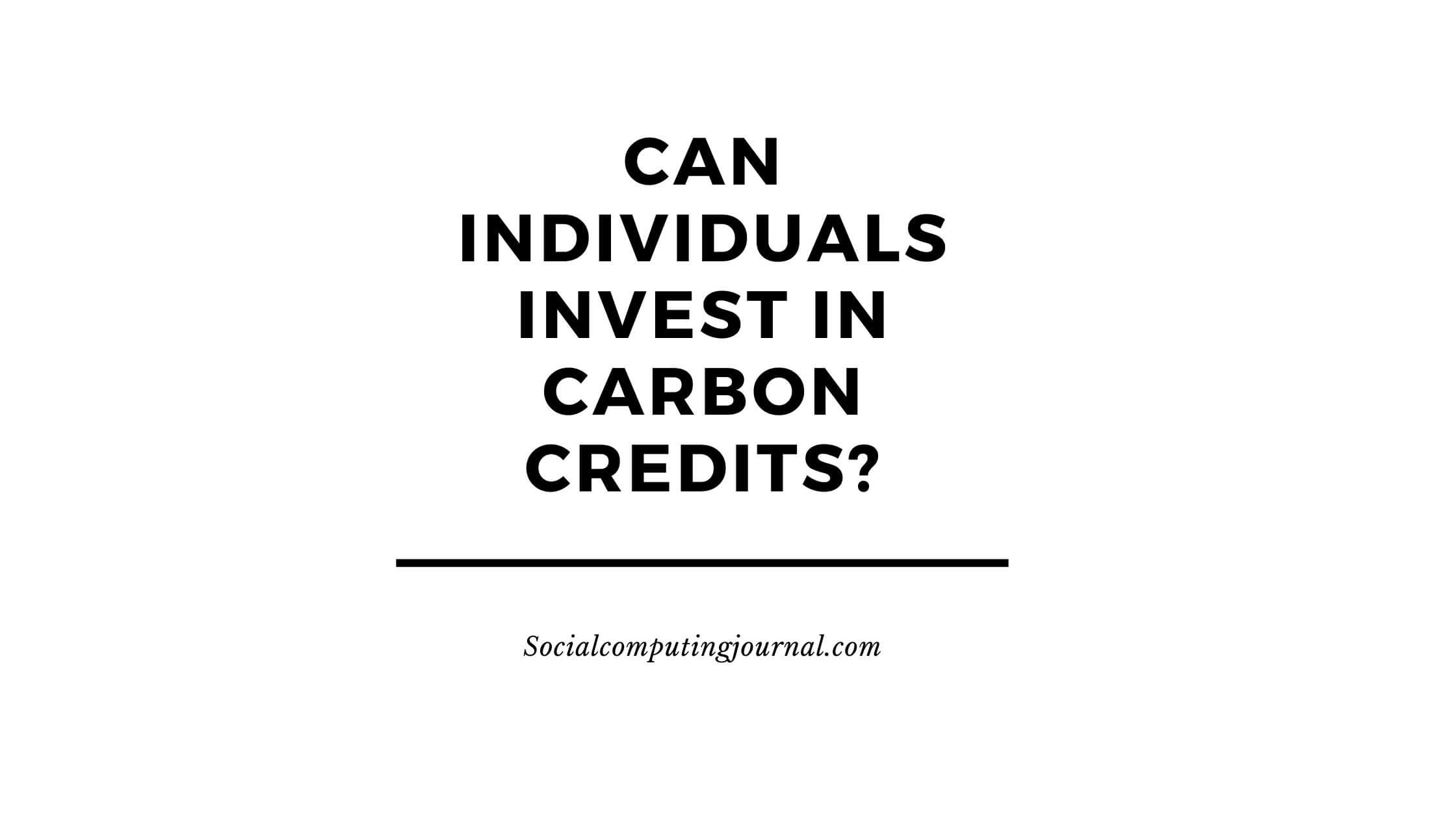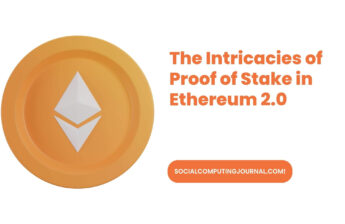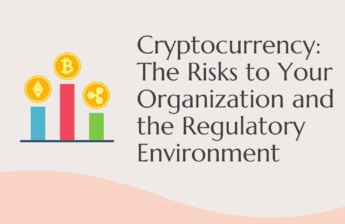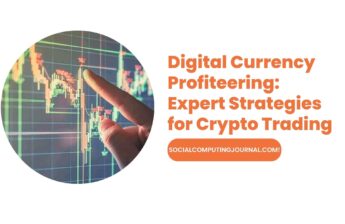If you know the importance of carbon credits, you will agree that they are no longer just for corporations—they’re becoming accessible to individuals too. As the demand for sustainable investments grows, these credits offer a way to align profits with purpose. You may be thinking about it. But how easy is it to dive into this emerging market? Thinking about investing in carbon credits? Stable Capital Pro helps investors find trusted educational partners to navigate this niche market.
Contents
Regulatory vs. Voluntary Carbon Markets: Knowing Your Arena
Regulated (Compliance) Market
Government agencies often impose strict limits on greenhouse gas emissions. The European Union Emissions Trading System, launched in 2005, stands as an early example. Participating industries purchase allowances equal to their emissions. Companies exceeding allocated quotas buy credits from those operating below mandatory caps.
A cereal factory once discovered its emissions were over the limit and purchased credits from a renewable energy provider. That transaction helped the factory remain compliant. Oddly enough, employees joked about sending “eco IOUs” to the atmosphere.
Voluntary Market Evolution
A less rigid system exists for individuals and organizations aiming to offset pollution without legal obligations. Projects might support forest restoration or clean-cookstove initiatives. One cargo firm decided to fund a tree planting effort in 2012 and noticed a surge in consumer trust. Voluntary credits can vary in price, depending on project type and location. Some credits fund efforts in regions with high deforestation rates. Others focus on methane reduction at landfills. Demand in these markets can shift as consumer attitudes change.
Comparative Analysis for Individual Investors
Compliance credits tend to follow regulated frameworks. Entry costs can be steep due to brokerage fees and market minimums. Voluntary credits often appeal to newcomers seeking a simpler path. Fees can be smaller, and projects might be easier to understand. Returns can fluctuate.
Traders sometimes see higher prices when policy changes tighten carbon caps. Yet voluntary credits can hold emotional value, since projects are often tangible and meaningful. Is there a preferred path? Personal preferences and investment goals often serve as the guide.
Pathways to Individual Investment: From ETFs to Crowdfunding
Direct Purchase of Credits
Buying credits straight from offset organizations or brokers offers a hands-on approach. Some folks track the source of each credit, aiming to back projects like wind farms or reforestation zones. A local teacher once shared stories of acquiring credits tied to a mangrove rehabilitation effort. That simple step felt like a small victory against rising temperatures. Brokers usually handle the fine print. Investors should confirm that offerings meet recognized verification standards.
Indirect Investments: Exchange-Traded Funds (ETFs) and Stocks
Certain funds aggregate carbon credits or related assets. Shares can be traded like ordinary stocks. Energy firms or tech companies sometimes include green offsets in their overall strategies. Curious observers track performance by monitoring price swings and policy announcements.
Research suggests that funds targeting carbon allowances rose in popularity around 2021. Buyers appreciate that an ETF brings liquidity, though management fees may apply. Stocks of firms pioneering carbon reduction technology can also bring a slice of climate-conscious exposure.
Crowdfunding Green Projects
Online platforms present another route for small-scale contributions. A few groups pool funds to install solar panels or expand clean energy in distant regions. Supporters appreciate updates on milestones like project completion dates and local community benefits. Some campaigns require only modest initial amounts.
Others reward backers with certificates or occasional site visits. Questions often arise: “Is the money truly making a difference?” Background checks on the project’s track record can offer clarity. A balanced approach might combine direct credits with an ETF or a crowdfunding venture.
Balancing Returns and Responsibility: Weighing the Pros and Cons
Financial Performance Potential
Carbon credits can swing in value based on supply caps, policy adjustments, and corporate demand. One airline chain faced steep penalty fees for overshooting allowances in 2018, causing credit prices to jump. Nervous traders responded by snapping up additional offsets. Volatility may reveal opportunities or expose gaps in forecasts. Some watchers treat these credits like a modern commodity, hoping for gains. Short-term profits happen, though no guarantee exists.
Ethical Considerations
Investing in carbon credits can mirror a personal stance on pollution control. Many prefer projects tied to reforestation or methane capture. These efforts can spark community benefits, such as new jobs or improvements in public health. The sense of ownership over part of an eco-friendly venture can be uplifting. Yet nobody likes the idea of using credits as a free pass to pollute. A bit of soul-searching can guide decisions on the best approach. Is it a commercial bet, or something bigger?
Pitfalls of Greenwashing
Watch out for misleading claims that promise planet-sized impact yet lack evidence. Proper verification remains vital. Some shady groups inflate numbers or mask actual outcomes. One neighbor once bought credits from a sketchy supplier and discovered no real offset work took place. A handful of proven standards exist for validation.
• Pick project providers with solid transparency and third-party audits
Staying attentive helps protect finances and encourage positive outcomes. Experts sometimes recommend checking credentials before diving in. Advisors can offer guidance on risk levels, especially for large allocations.
Conclusion
Investing in carbon credits bridges the gap between personal finance and environmental impact. With opportunities expanding, individuals can now contribute to global sustainability while exploring a new financial frontier. The question is: are you ready to step in?







